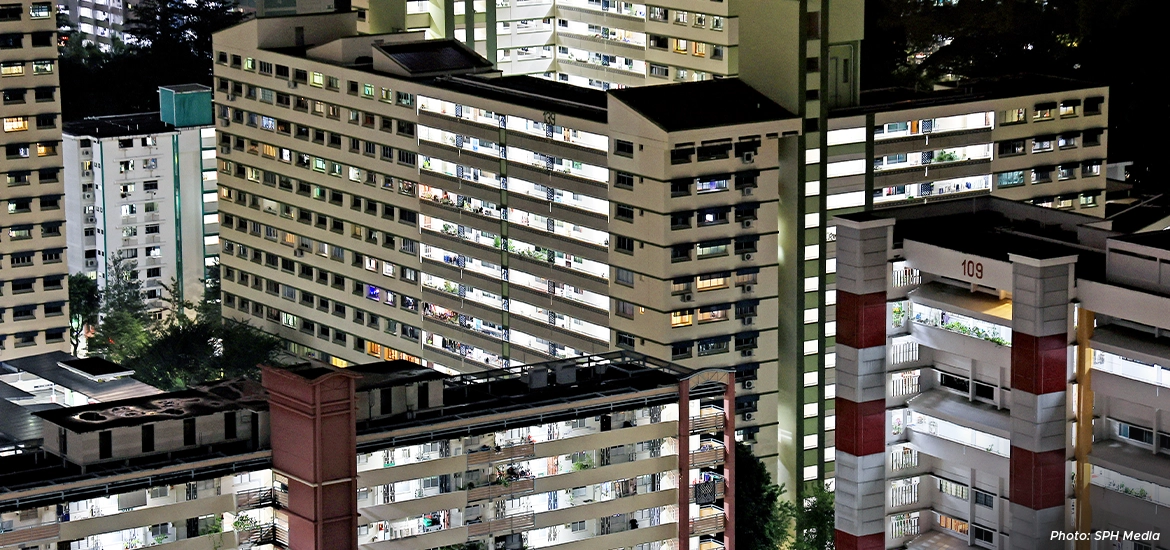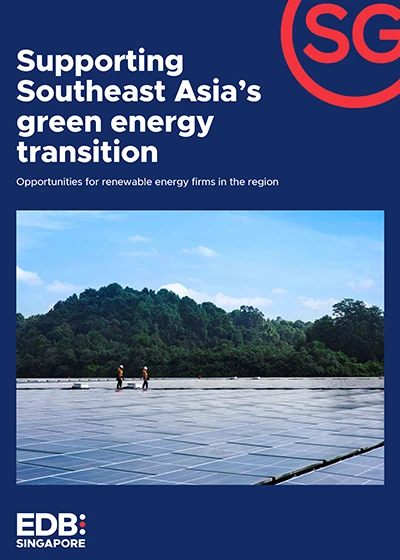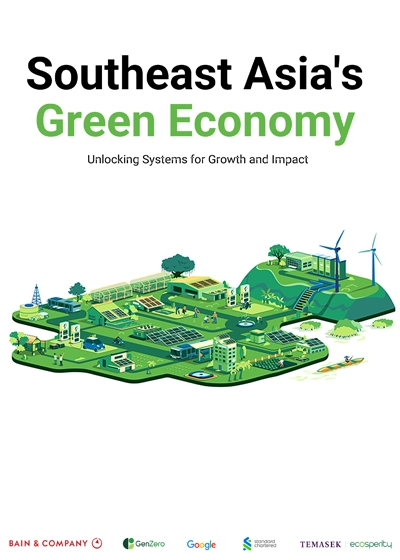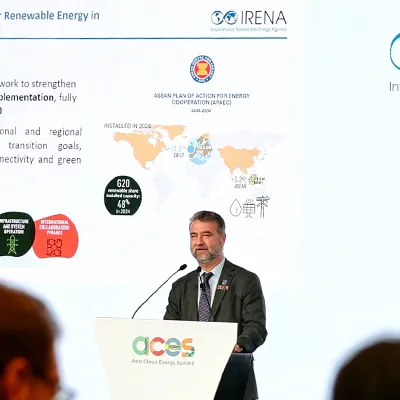That Singapore is taking the lead on the ASEAN grid is unsurprising, given the lack of renewable energy resources within its borders. But for a regional grid to take off, other countries also need to be willing to participate.
“ASEAN member states need to be on board in order to establish meaningful multilateral cooperation towards a scalable and sustainable regional power market,” said Dr Victor Nian, founding co-chairman of independent think-tank Centre for Strategic Energy and Resources.
For example, countries will need to establish mutually accepted codes and standards, as well as a market and governance framework for regional power trade, he said.
Countries can also show strong political commitment for decarbonisation, amend national laws such as allowing foreign investments in critical infrastructure or provide data to help assess projects’ bankability, said Ms Seah.
When more countries start to signal their demand for renewable energy, it could help to create a regional market and provide an impetus to develop the grid.
In Southeast Asia, renewable resources are unevenly distributed, so having a connected grid could allow countries to trade electricity freely to meet rising demand.
Bilateral agreements could also be stepping stones to eventually having interconnections for the region to trade low-carbon electricity to realise the vision of the ASEAN power grid.
Progress is already being made on bilateral deals, as seen with deals between Singapore and various countries such as Indonesia, Malaysia, Cambodia, and Vietnam.
Connecting the national power systems of all 10 ASEAN countries is a tricky and mammoth task fraught with many technical obstacles.
But Dr David Broadstock, senior research fellow and energy transition lead at NUS’ Sustainable and Green Finance Institute, said large grids are not uncommon, as seen in regions like Europe. He added that recent developments point to an appetite for an ASEAN grid.
Other than the progression of bilateral and multilateral agreements, a feasibility study of a power integration project involving Brunei, Indonesia, Malaysia, and the Philippines is also expected to be completed in 2025. These provide a glimpse of how countries can come together to make the grid a reality.
Source: The Straits Times © SPH Media Limited. Permission required for reproduction.









